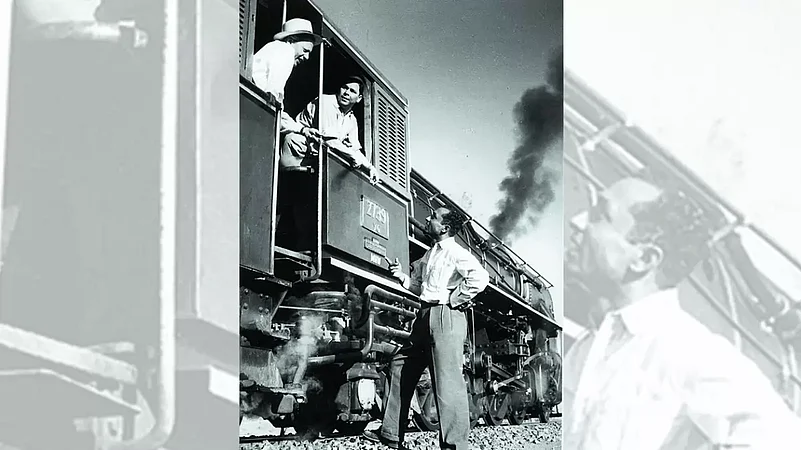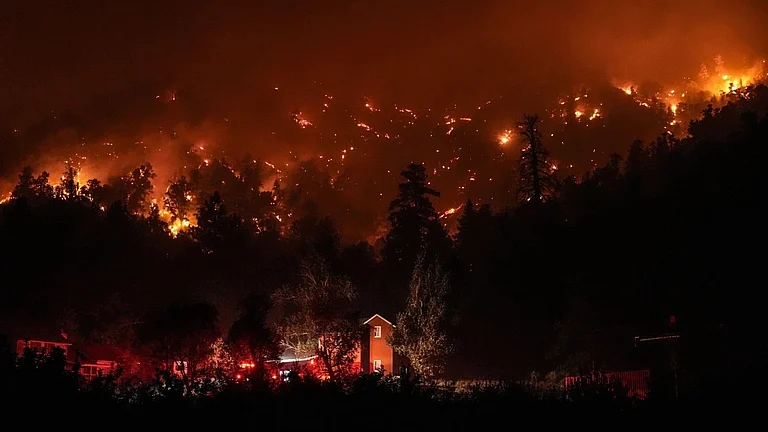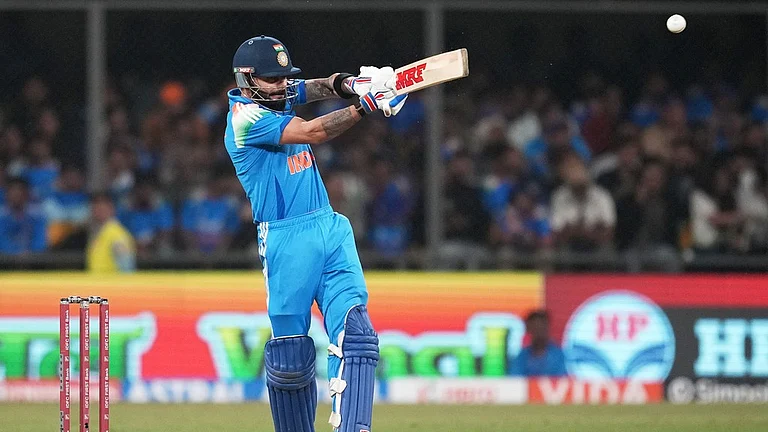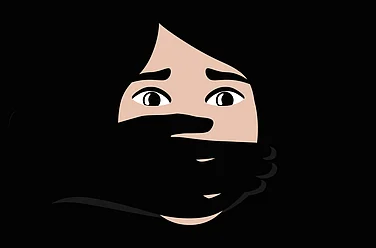When I was a kid, in the 1970s, my dad was friends with a family by the surname ‘Brown’. He would often pull my leg saying that there are also the ‘Whites’ and ‘Greens’ in Mhow, but I didn’t believe him one bit! Dad was in the Merchant Navy and very jovial. One day, when we were walking home from Church, he started again, about there being Greens, as well as Whites, along with the Browns, and that’s when I asked him, “What about Rainbows?” Dad was quiet all the way back home. I had won this little bout!
It turns out that there were Greens in Mhow, that too not one but at least three families around the 40s. There could have been more if we calculate from the 1870s because that is when Mhow became connected to the Railways and in the process got acquainted with perhaps its most prominent personnel–the Anglo-Indians.
The Railways brought Parsis, Goans, Maharashtrians and others to Mhow, too, but the largest in numbers were perhaps the Anglo-Indians–like William Richard Downs, the first Station Master here in 1876. They also came as engine drivers, guards, signalers, loco-foremen and fitters-in-charge. I think Mhow was the headquarters, but it shifted to Ajmer around 1882 when the Holkar State Railway merged with the Rajputana Malwa Railway. It caused a drop in the numbers here. But that did not matter–this community had come to Mhow! Those were the days of the Railways—steam engine trains run on coal, black soot, and the hectic life of the engine drivers who had it in them to keep a train waiting for a much-loved passenger to arrive!
Anglo-Indians were very affectionate people. As a child, I used to love meeting them in the market. They were very witty, too. Bobby Howard had two ferocious-looking dogs. My mom and I were scared of them when we crossed their house on our way to the newly-established College of Combat Library. One day, when we were passing from there, quite apprehensively, Bobby shouted from the window and said to my mom: “Don’t worry about them, Gwen! They only look deadly. But we have to protect them!” Mom and I laugh about it even today when we think about the incident.
In those days, their hub of activity was the Railway Institute where they had their get-togethers and dances. Another place they frequented was the Central India Café on Station Road. That is from where their area began, passing Balchand Kothi (where some families lived), the Cemeteries, and the Troop Siding, after which the Railway Colony began. It had ghost stories too!
In the first quarter lived the White family. Yes, there were Whites, as I discovered many years later in my research. They were engine drivers. Buntoo (Douglas) White was the most popular of them, a much-loved person who even featured in the Hindi film ‘Ganga Jamuna’. He was shown driving a train when the film was shot at the Patal Pani-Kala Kund Ghat Section near Mhow. The family later migrated to England. In fact, after the exodus of the British began, many families migrated to England and Australia.
Sometimes, I think about my dad pulling my leg about the Whites and the Greens all those years back, and now I feel guilty. He was right. I wish I had asked him more. Because by the time I grew up in the 70s, most of them had left this place and moved to England and Australia where their families are now.
One family that is still around in Mhow even after over 125 years is the Taylor and Dalal family. Their ancestors were related to the Middlecoats. Lionel Horace Middlecoat was said to be so strong that he could pick up a fallen tree by its trunk! The Middlecoats were related to the Davis family that lived here in the 1880s.
When researching on Mhow’s history, the cemetery, as one comes to town from the Railway Colony, lies quiet with many of their graves. The Birth, Matrimony and Death registers in Sacred Heart Church—the closest to the Colony—are full of their names. Yet, in Mhow, they are a memory almost lost in time now. In those days there were so many of them, including the Lovedales, Barnes, Pierces, Grants, Todds, Missts, Baylisses, Fitz Geralds, and Footes.
Sadly, the Anglo-Indians did not leave much in Mhow to remember them by in today’s world, but then, those who did, are hardly remembered anymore anyway, as life goes on, and newer generations come. Maybe the Anglo-Indians in Mhow were like a gust of wind, or a fragrance of flowers that bloomed, or taste of those gulab-jamuns (a sweet dish) that were once so famous at Fatehabad Station. They were enjoyed to the fullest in their time, but will never make a comeback.
(Views expressed are personal)
Denzil Lobo is a historian who has written 25 books on Mhow





















